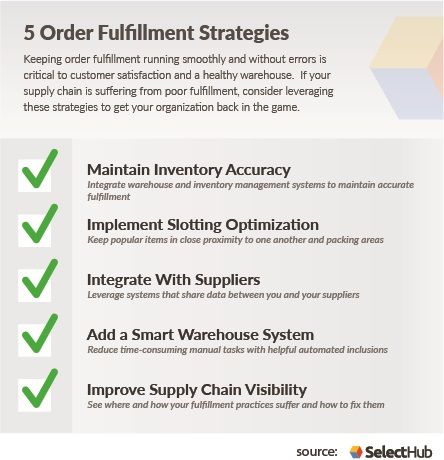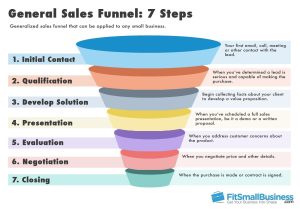
In today’s fast-paced world of technology, effective and efficient order fulfillment is of utmost importance for any business operating in the tech niche. With customers demanding speedy delivery and a seamless experience, it is crucial for companies to adopt strategies that optimize their order fulfillment process. This article explores some key strategies that can help businesses achieve efficient order fulfillment while ensuring customer satisfaction.
1. Streamline Inventory Management
One of the fundamental aspects of efficient order fulfillment is having a well-organized inventory management system in place. By adopting a robust inventory management software, businesses can effectively track and manage their inventory levels in real-time. This allows for accurate forecasting and timely replenishment of stock, minimizing backorders and preventing overstocking. Streamlining inventory management eliminates delays and ensures that products are readily available for order fulfillment.
2. Implement Warehouse Automation
Automation plays a vital role in modernizing the order fulfillment process. By utilizing robotics and automated systems in your warehouse, businesses can significantly increase order processing speed and accuracy. Automated picking and packing machines streamline the fulfillment process, reducing human error and maximizing operational efficiency. Moreover, automated warehouse systems can optimize space utilization, ensuring that products are easily accessible for picking and packing.
3. Opt for a Reliable Order Management System
An efficient order management system is essential for seamless order fulfillment. A reliable software solution can integrate various stages of the order fulfillment process, from inventory management to shipping and tracking. This integration minimizes manual intervention, reduces the chances of errors, and provides real-time visibility into order status. Choosing a scalable and customizable order management system allows businesses to adapt to their specific needs and handle increased order volumes efficiently.
4. Utilize Data Analytics for Demand Forecasting
Data analytics plays a pivotal role in optimizing order fulfillment. By analyzing historical data, businesses can predict demand patterns accurately and forecast future demand. This enables proactive inventory replenishment, reducing lead times and preventing stockouts. Furthermore, utilizing analytics helps identify trends and customer preferences, allowing businesses to tailor their offerings to meet customer expectations effectively.
5. Develop Strategic Relationships with Suppliers and Carriers
Collaborating closely with reliable suppliers and carriers is vital for effective order fulfillment. Building strategic partnerships ensures timely product deliveries and reduces shipping costs. Open communication channels and efficient collaboration help resolve any potential issues promptly, preventing delays in order fulfillment. By nurturing strong relationships with suppliers and carriers, businesses can streamline the entire supply chain, from order placement to final delivery.
6. Offer Multiple Fulfillment Options
Customers appreciate flexibility when it comes to order fulfillment. Providing multiple fulfillment options, such as same-day delivery, next-day delivery, or in-store pickup, enhances customer satisfaction. By using an order management system that can seamlessly integrate various fulfillment channels, businesses can offer customers the choice to receive their orders in the most convenient and efficient manner possible.
7. Continuously Evaluate and Optimize Processes
An effective order fulfillment strategy requires constant evaluation and optimization. Regularly monitor key performance indicators, such as order cycle time, on-time delivery rates, and customer satisfaction scores, to identify areas for improvement. Seek feedback from customers and employees to gain valuable insights. Implementing continuous improvement initiatives ensures that the order fulfillment process remains efficient and aligns with changing customer expectations.
Conclusion
In a rapidly evolving tech niche, implementing strategies for effective and efficient order fulfillment is crucial for businesses to stay ahead of the competition. By streamlining inventory management, implementing warehouse automation, utilizing reliable order management systems, leveraging data analytics, nurturing supplier and carrier relationships, offering multiple fulfillment options, and continuously evaluating and optimizing processes, businesses can achieve seamless order fulfillment that exceeds customer expectations. Embracing these strategies not only enhances operational efficiency but also fosters long-term customer loyalty and drives overall business growth.

